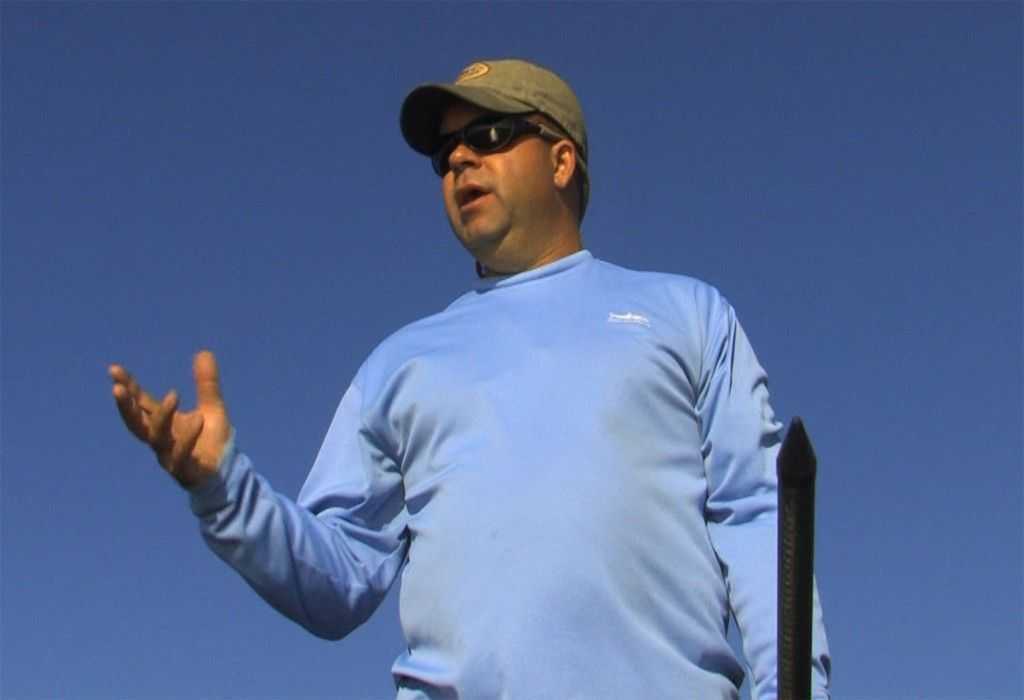
School just started, and it’s time to put the boat away… right? The air has its first hint of coolness in the mornings. The sun angle is a little lower on the water than it was in July. With each passing week, more shrimp are seen popping along the shoreline.
Nope, it’s not the time to put the boat away, it’s time to get serious. It’s the best time of year, not only for numbers of redfish but for size as well.
Ecologically, there are several reasons that make the fall a prime time to be on the water. Cooler air temperatures and lower sun angle correlate into cooling water temperatures. As the sun starts to get lower to the horizon, some part of the radiation that was entering the water is now being reflected off the surface. The cooling water temperature increases oxygen levels in the water. Fish begin to increase feeding activity to take advantage of their revived energy.
Cooling weather patterns tend to cause rain along early season frontal passages. Those rain events, especially if they are over shallow marsh areas, can concentrate shrimp and make them more accessible to the fish. Redfish begin to be just a little bit easier to locate, and they “tail” more than other times of the year. There is just nothing like it!
Another good aspect to fishing the fall is that no one is on the water. You’ll feel like you have the whole bay to yourself. It definitely makes it easier to select fishing spots.
Speaking of selecting key fishing spots for fall redfish, it’s important to find mud bottoms. Their favorite foods, shrimp, and crabs, live in mud bottoms. Mud allows shrimp to burrow in the daylight hours, giving them the protection they need from predators and the sun. Crabs also burrow in the mud. According to Capt. Chuck Uzzle, in Sabine Lake, Texas, “…if you can find the marsh pond with the shrimp and the crabs, then you’ll likely find the redfish.”
Capt. Chuck, or Cuzz as friends call him, is one of the top teaching guides on the upper Texas and Louisiana coast ((409) 697-6111). He’s fished the southwest Louisiana marsh for more than 20 years and knows where to find what he says looks like a used car lot, with red flags all over the place.
Interestingly enough, many people’s experience of tailing redfish is they will not eat. My experience in the Sabine and Calcasieu marshes has been entirely different. These fish will eat lures readily (both plugs and flies). On the short list are Super Spook Juniors, Skitter Walk Pups, weedless Stanley Ribbit frogs and spinnerbaits. The tannin-stained waters tend to range from dark clear to slightly turbid, and bright baits in chartreuse with gold or silver sides also work well.
If you are a bird hunter, the Sabine Marsh also has tremendous duck hunting. There is only one thing better than fall fishing, and that’s a cast and blast, or hunting for a couple hours in the morning and then following it by fishing. The fall waterfowl season starts off with the early teal season, and it’s a perfect fit for tailing redfish as well.